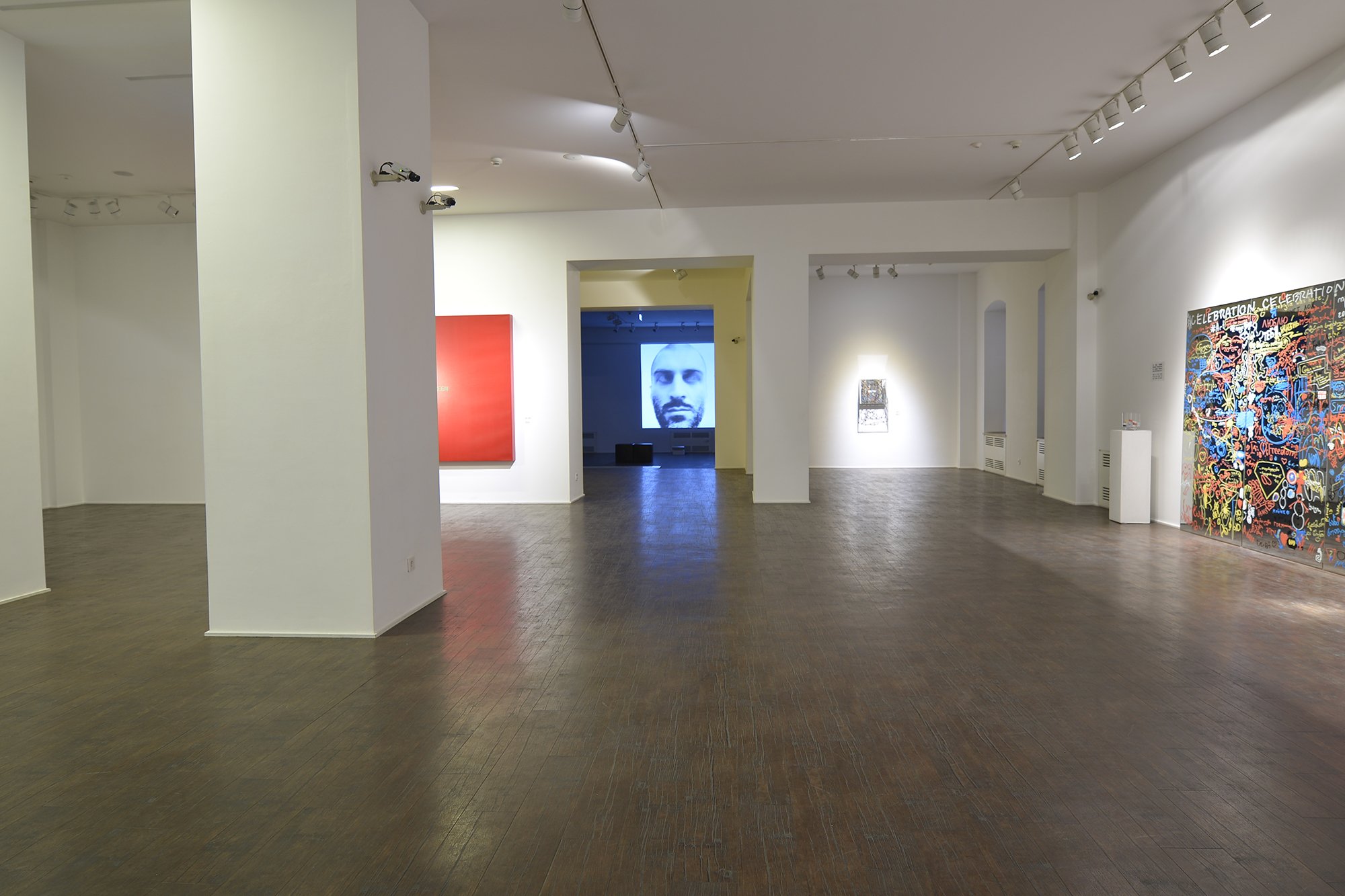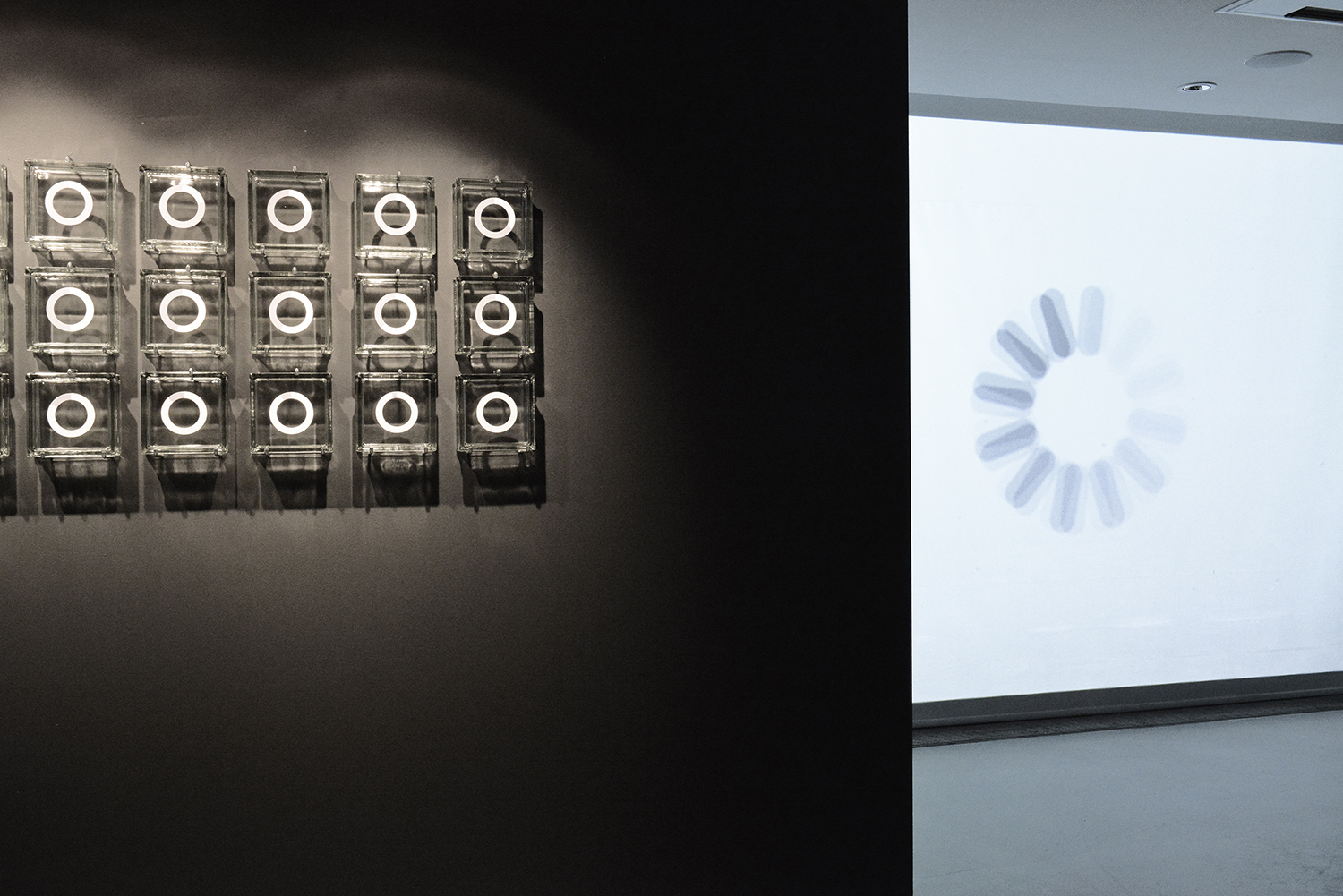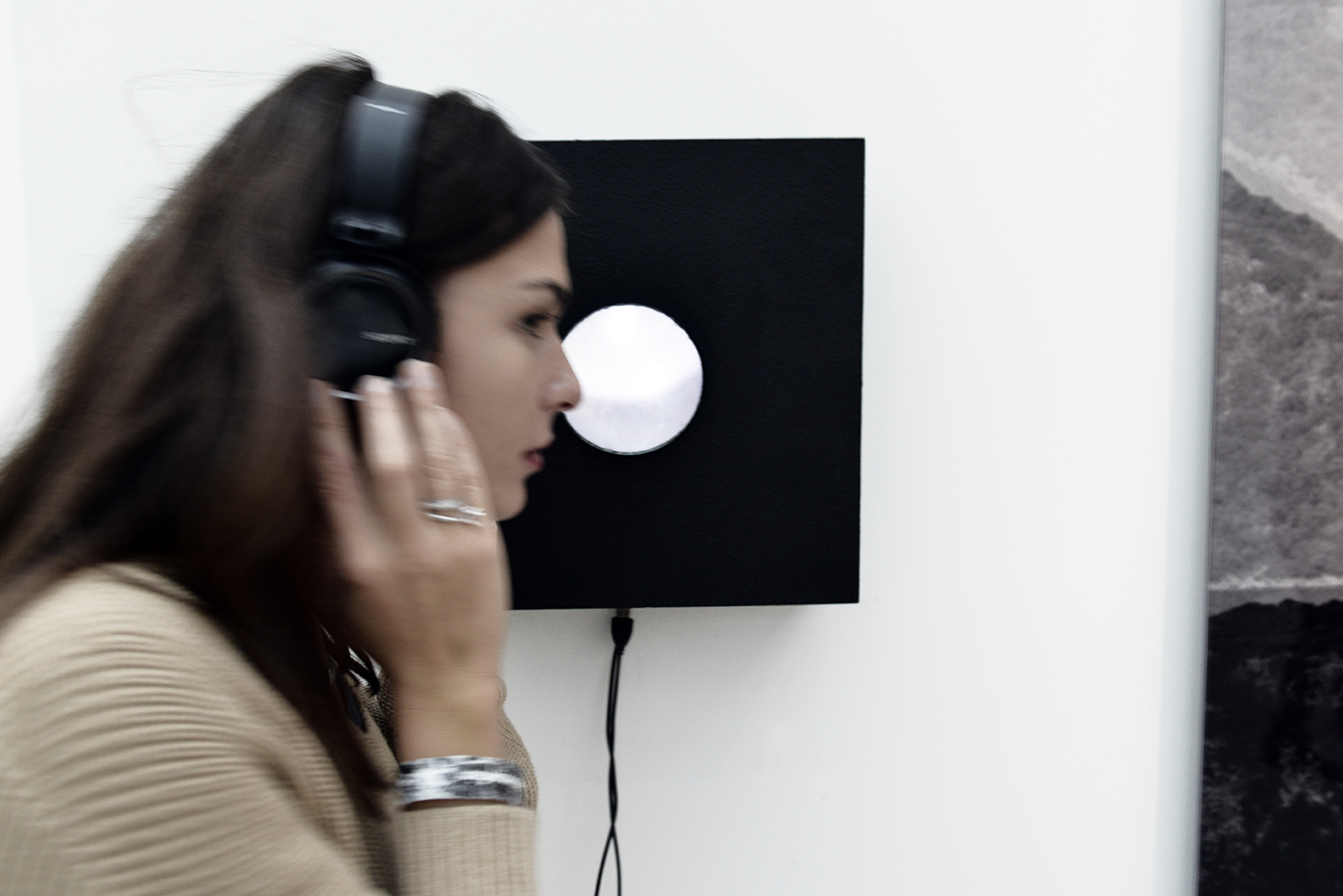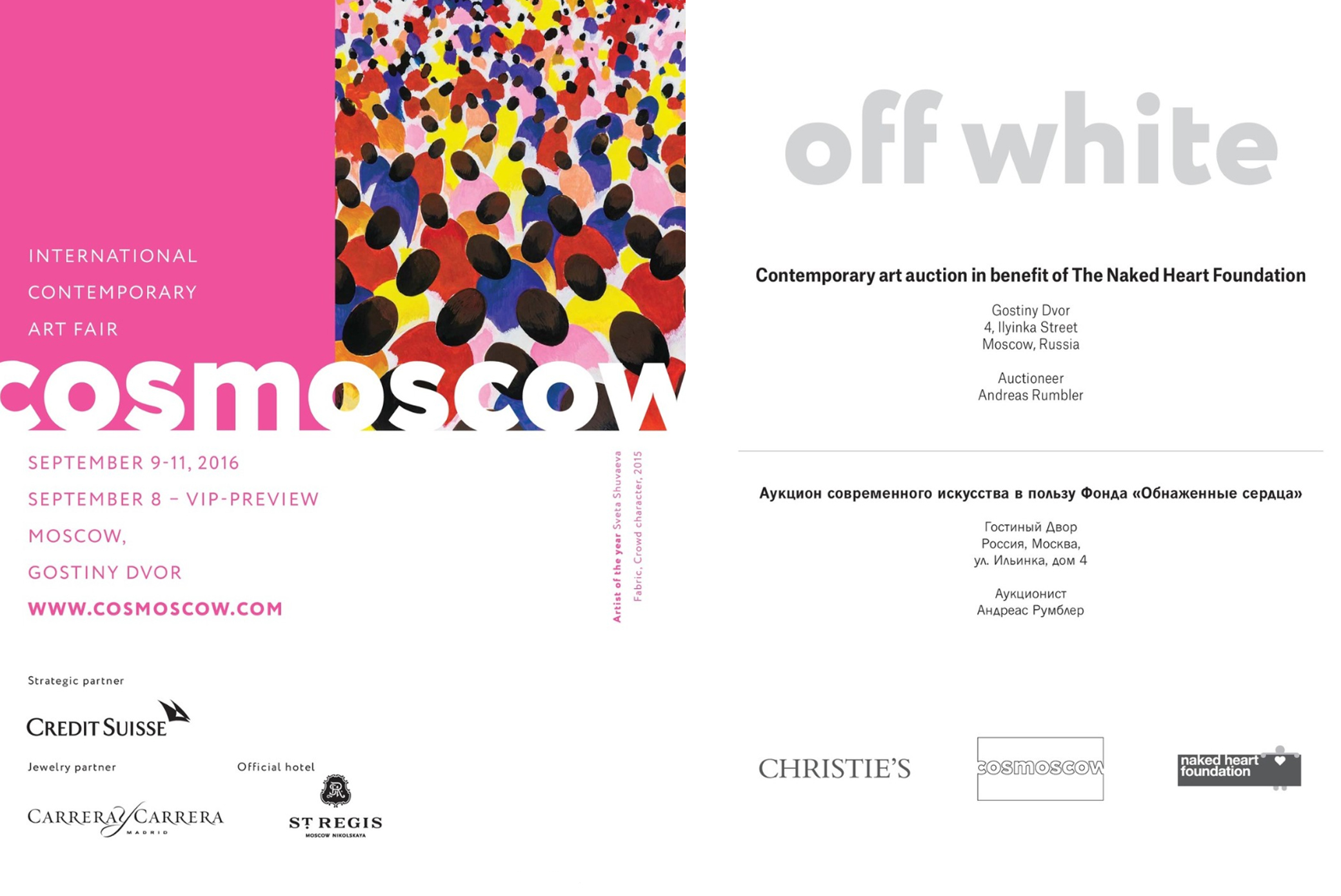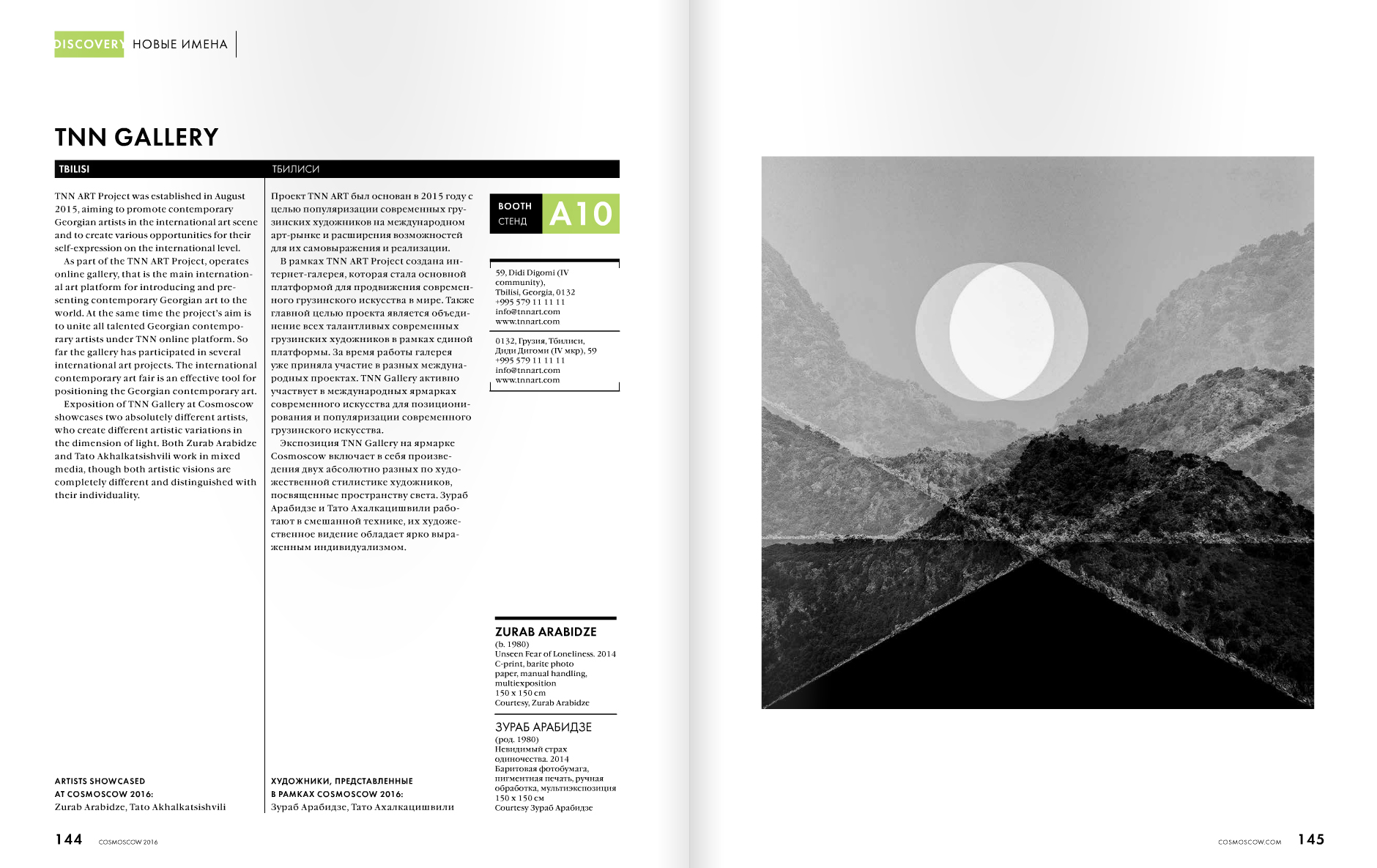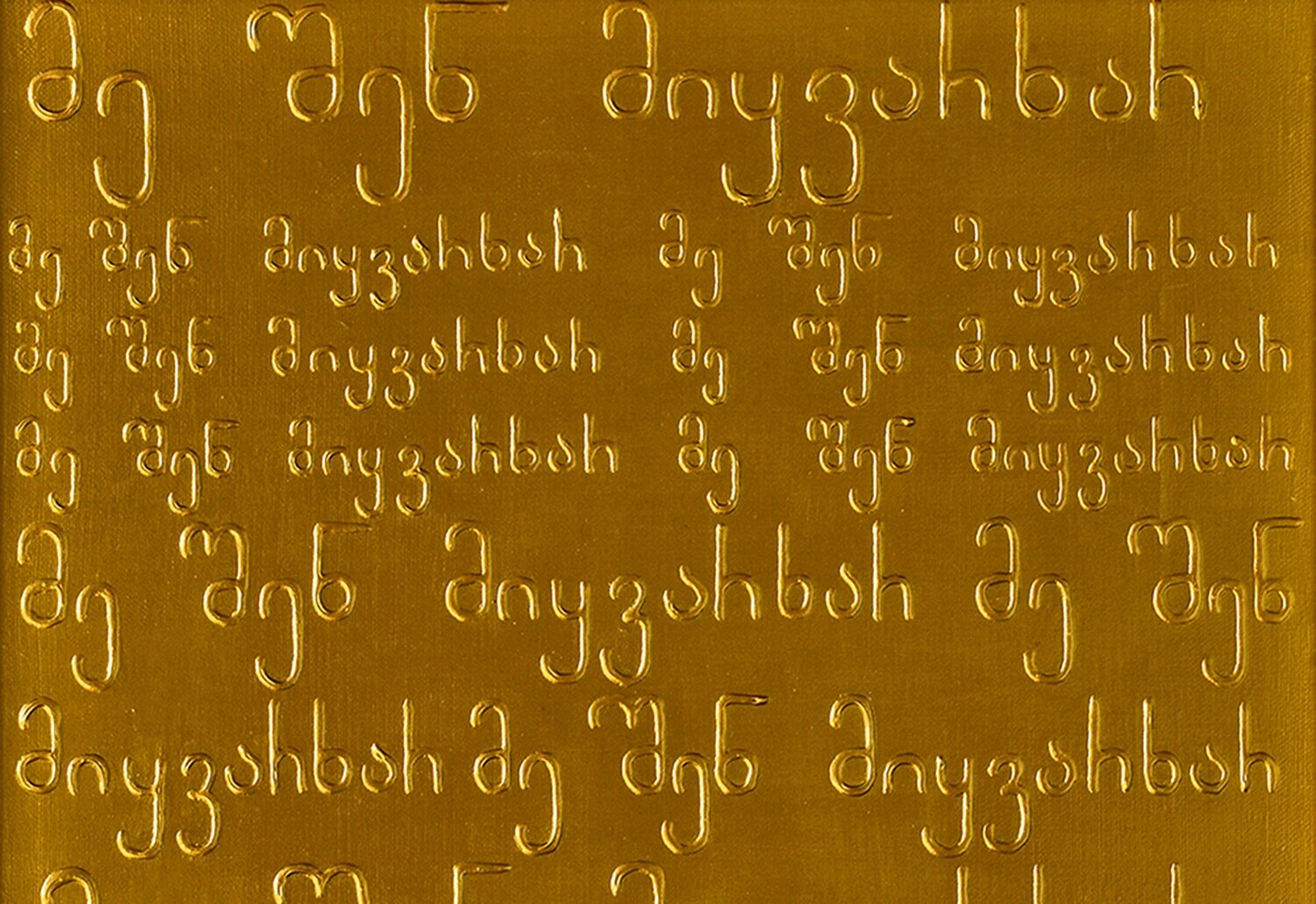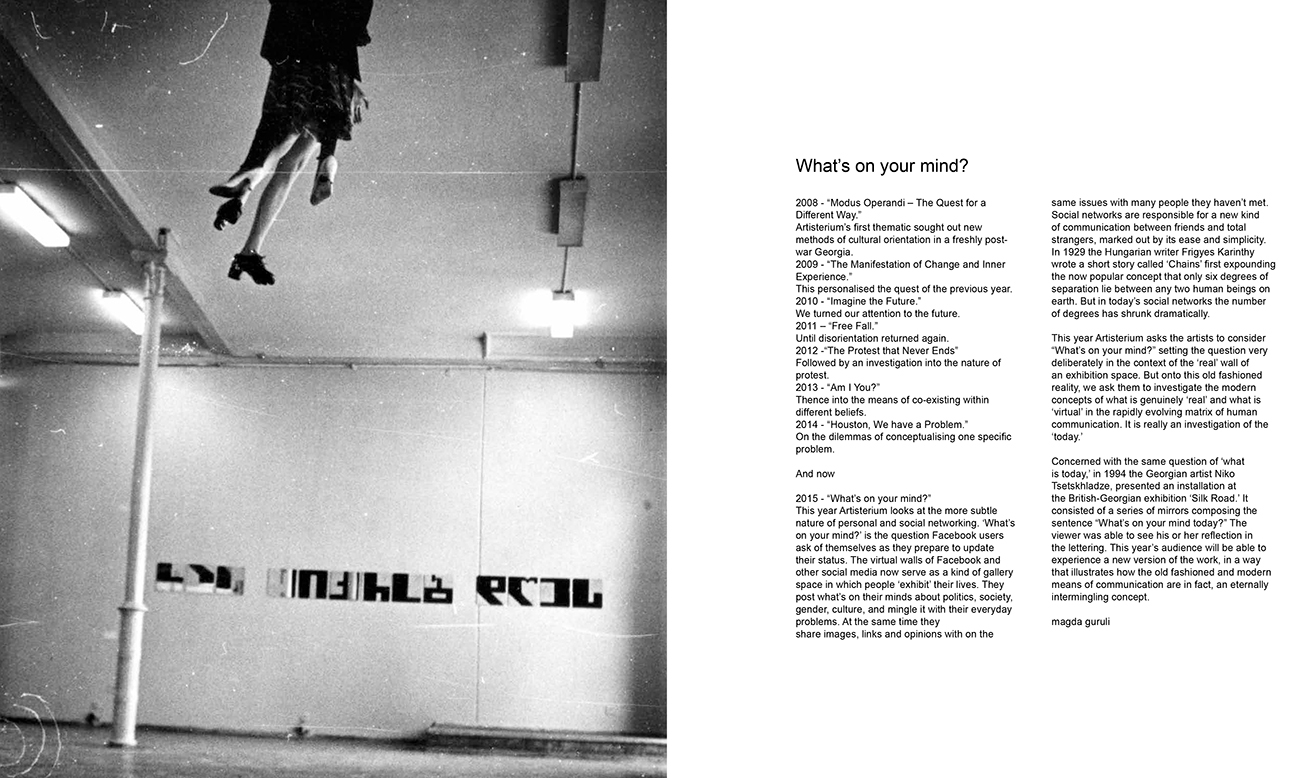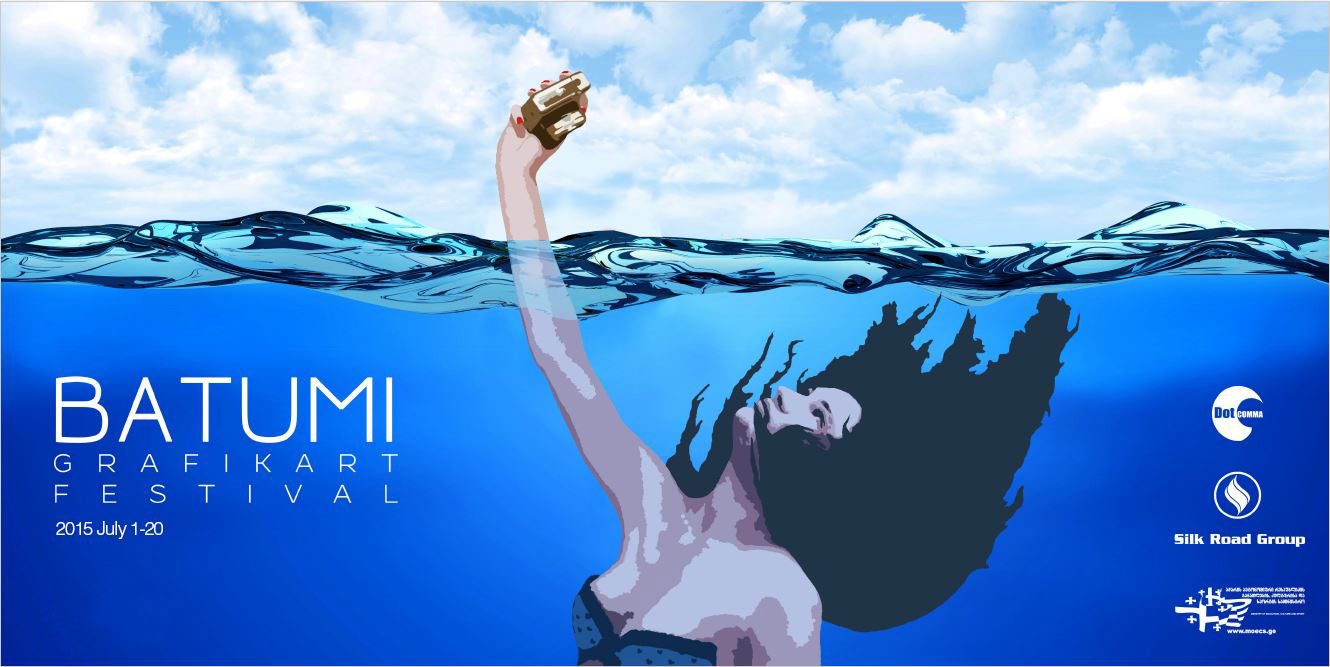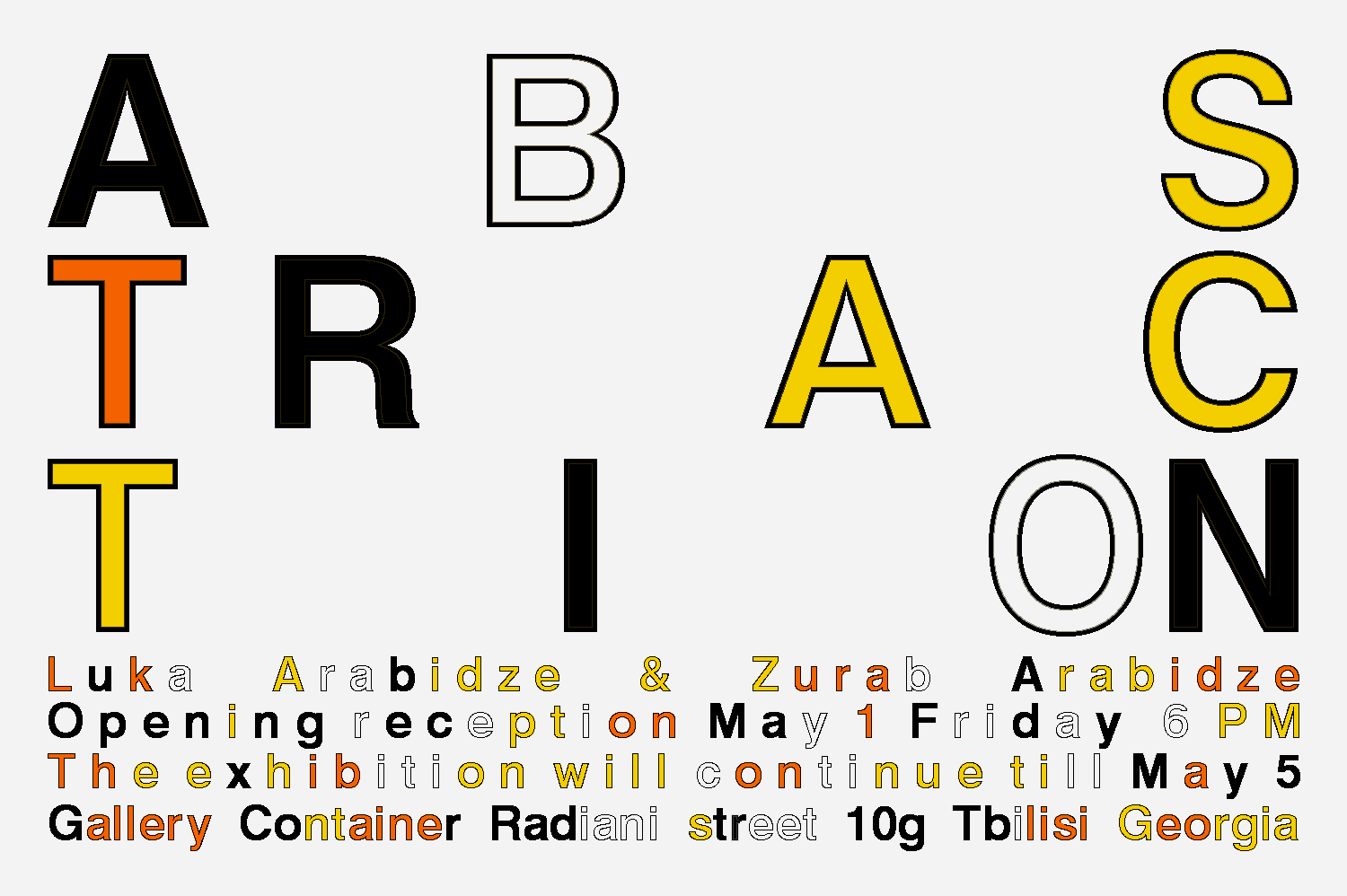Lost Signal Tracking
Zurab Arabidze’s Multimedia Installation
Zurab Arabidze's multimedia project Lost Signal Tracking is a conceptual abstraction. The large-scale installation is built on the extension of object and space connections and occurs as existential metaphor. The viewer follows the dramaturgically developed exposition and successively stops in a tense, supportless space where there are only hints of the impermanent and the eternal, faces the wall of totalitarianism, then moves into a field of technological progress which is full of dangers and as if continues to search for a lost signal with accompanying psycho-emotional moods. Lost Signal Tracking continues such an important topic of contemporary art history as the conditionality of systems and their analytical criticism along with the search for artistic correspondences.
Zurab Arabidze's artistic experience is based on the theme of the minimalist form's relationship with space and its connections with different states, primary meanings. His art is concise and clear, sometimes characterized by a heavy severity where the symbols of barrier or wall and unpredictable, almost surreal exposure are important.
Zurab Arabidze is an artist whose oeuvre display precise links between materials, geometric forms, natural energies and video or photo images. Lost Signal Tracking is an interactive project that is carried out only with the participation of the viewer.
Khatuna Khabuliani, PHD, Art Historian
1. Installation “No Signal”
The installation titled “No Signal” represents an object of worship that challenges modern perceptions of information and authoritarianism. The pedestal, made of concrete blocks, is placed on an old carpet, symbolizing a sense of disharmony and mismatch. On top of the pedestal stands a television, which in the context of this work can be seen as a head or brain transmitting messages. However, the key element is the absence of signal.
The television, a central symbol of information and control over consciousness in modern culture, is deprived of its function here. Instead of broadcasting information, it only transmits static noise, symbolizing the loss of signal, the loss of clarity and meaning. This prompts reflection on how, in dictatorial and authoritarian systems, the connection between truth and reality can be lost. People worship this object, bowing before a false idol, a system that has lost its link to genuine information, replacing it with empty noise, disinformation, and manipulation.
The dissonance between materials—the old carpet, rough concrete blocks, and the modern television—reflects the absurdity of this construction, which resembles an artificially erected object of worship. People worship something that holds no true value or meaning, much like in authoritarian regimes where society may submit to empty and meaningless slogans, having lost the ability to think critically. The loss of signal here is not just a technical glitch; it’s a metaphor for a lost consciousness, no longer capable of perceiving reality objectively.
The static noise from the television and the mechanical voice teaching how to restore the signal are reminders of a distorted reality, where propaganda and false ideals replace genuine information. Dictatorship seeks to control the collective consciousness, creating an illusion of control and stability, when in fact it broadcasts only chaos and disconnection.
Existentially, the installation raises questions about what we worship in society. People who have lost their connection to truth are easily swayed by false authorities and systems that, in reality, are devoid of substance. They continue to worship something that carries no meaning, remaining in a state of delusion and submission. Power dictates its rules through this noise, and the individual submits, not realizing they are worshiping emptiness.
Thus, the “No Signal” installation symbolizes the loss of meaning in authoritarian systems, where people, deprived of critical thinking, continue to obey a power that no longer transmits any signal of truth.
size: 350x250x280 cm / material: carpet, solid concrete block, square tube 20x40mm, TV. / year:2023
2. Object “Destructive Cult of Light”
The installation titled “Destructive Cult of Light” represents a profound existential symbol of authoritarianism, where light, initially meant to illuminate the world, becomes a tool of oppression and destruction. Light here symbolizes truth, divine revelation, but in this work, it takes on a menacing tone. It is embedded within a system that not only directs this light onto a person but also subjugates them to its power.
Light, typically associated with enlightenment and liberation, becomes a destructive force in this context. Rather than granting freedom, it takes it away. It blinds, forcing submission to its might, destroying the individuality of the person. The entire system is constructed so that the light, which should be a source of truth, becomes a mechanism of control and suppression.
This installation illustrates the oppressive nature of systems that, under the guise of enlightenment, manipulate the masses. Authoritarianism and dictatorship often use light—a metaphor for truth—to justify their actions, suppressing resistance and individual freedom. People, caught under this light, are compelled to submit, blinded by the power and grandeur of a force that, in reality, only oppresses them.
Existentially, the installation embodies the conflict between individual freedom and the oppressive system of power. The light in this work is a paradoxical phenomenon: it provides the ability to see, but at the same time limits vision, leaving the individual in a state of submission and helplessness. This is a metaphor for how authoritarian systems can make people believe in false ideals, deceiving them with the appearance of truth, while in fact controlling, oppressing, and destroying individuality.
The “Destructive Cult of Light” reminds us that any force, even if presented as a good, can become a tool of oppression when used to suppress freedom of thought. The light, which blinds and subjugates, becomes a symbol of false enlightenment, where there is no room for true liberation or self-awareness.
size: 250x250 cm / material: spotlight. / year:2024
3. Video Work “Chilly Winter Is Expected”
The installation “Chilly Winter Is Expected” is a profound existential metaphor for inevitable isolation and self-limitation, both on a personal and global level. The video symbolizes a process in which a window—a symbol of openness, light, and connection to the outside world—is gradually bricked up, reflecting the gradual closing of opportunities and the erection of both internal and external barriers.
The existential depth of the work lies in its paradox: instead of opening up to the world and overcoming challenges, a person (or an entire society) chooses to strengthen their walls, depriving themselves of chances for change and escape from a difficult situation. This is not only a metaphor for preparing for harsh life challenges but also for internal freezing, where fear of the future blocks paths to growth and progress.
At the same time, the installation contains a prophetic element. Just as the window slowly disappears behind the brick wall, so too might the world in the future face a global trend of isolation. Open spaces—symbols of international cooperation, free movement, and mutual understanding—may gradually turn into closed, restricted systems. Countries will increasingly close themselves off, reinforcing their borders and erecting both physical and symbolic walls. This will lead to a worsening global situation, where isolation becomes the norm and open societies freeze in a state of stagnation.
“Chilly Winter Is Expected” serves as a warning that instead of moving forward and embracing change, we may find ourselves in a world where fear of external threats ultimately locks us behind brick walls, leaving humanity frozen in a state with no possibility for development.





































































































